Drawing from nature, scientists are creating next-generation X-ray protective clothing and equipment.
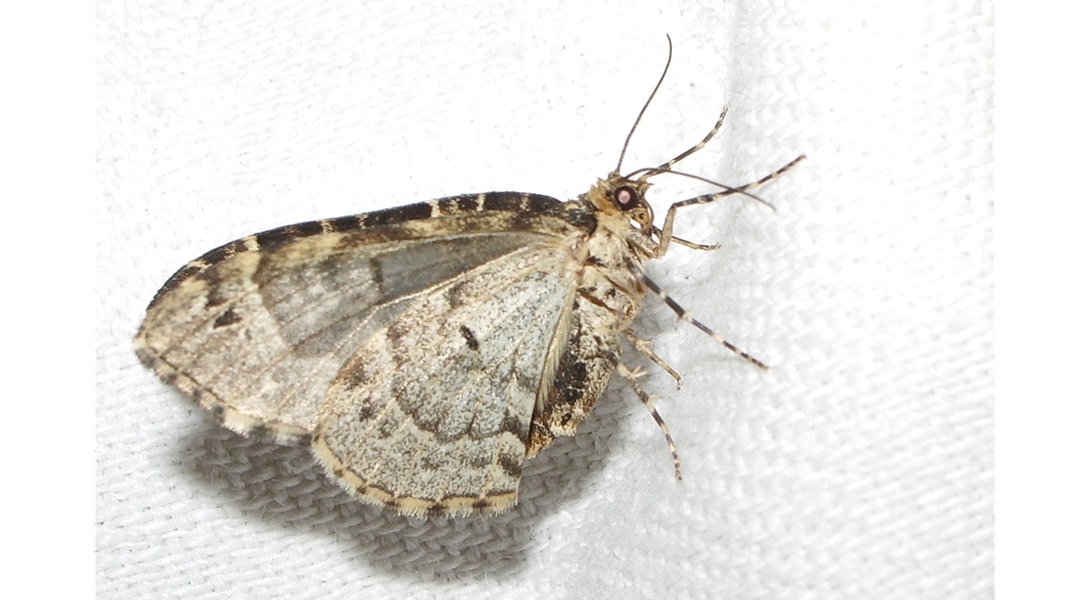

Drawing from nature, scientists are creating next-generation X-ray protective clothing and equipment.
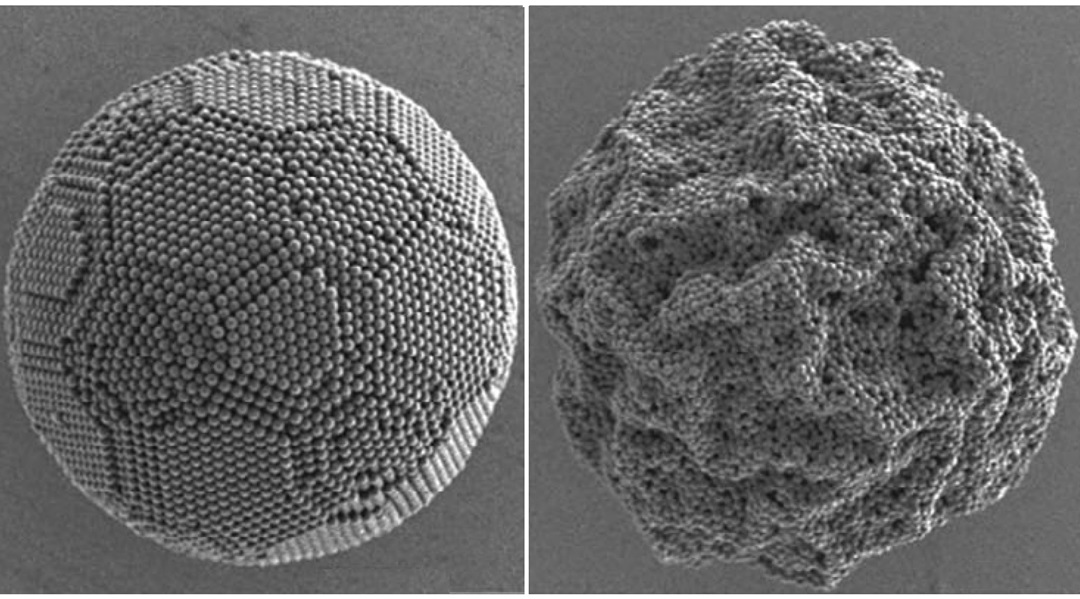
pH-responsive surfactants enable control over buckled supraparticle formation in emulsion-based systems.
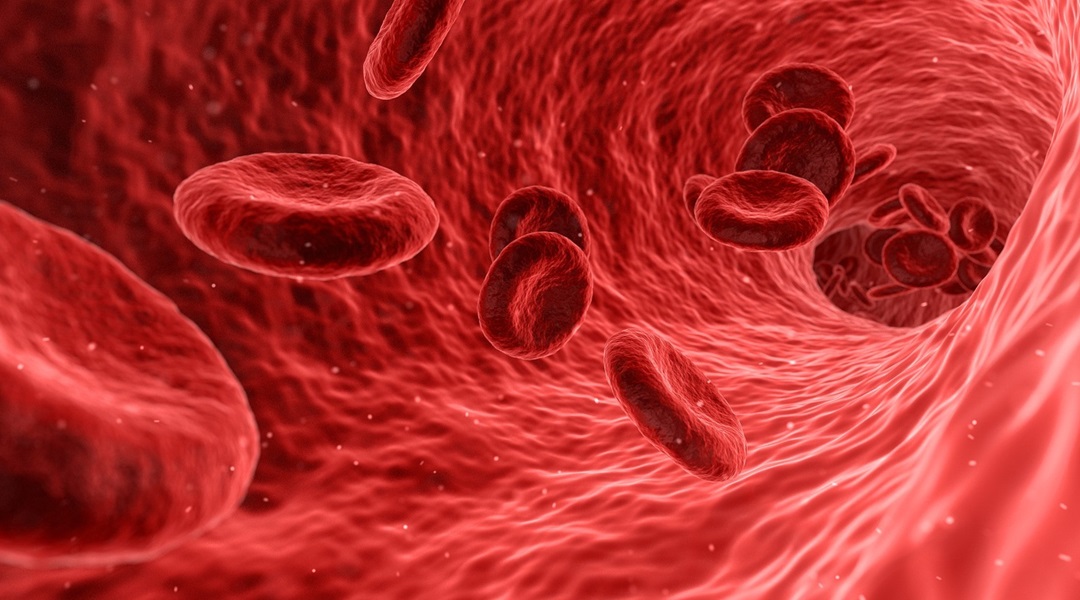
Wearable sensors help women analyse menstrual blood for affordable, non-invasive health monitoring.
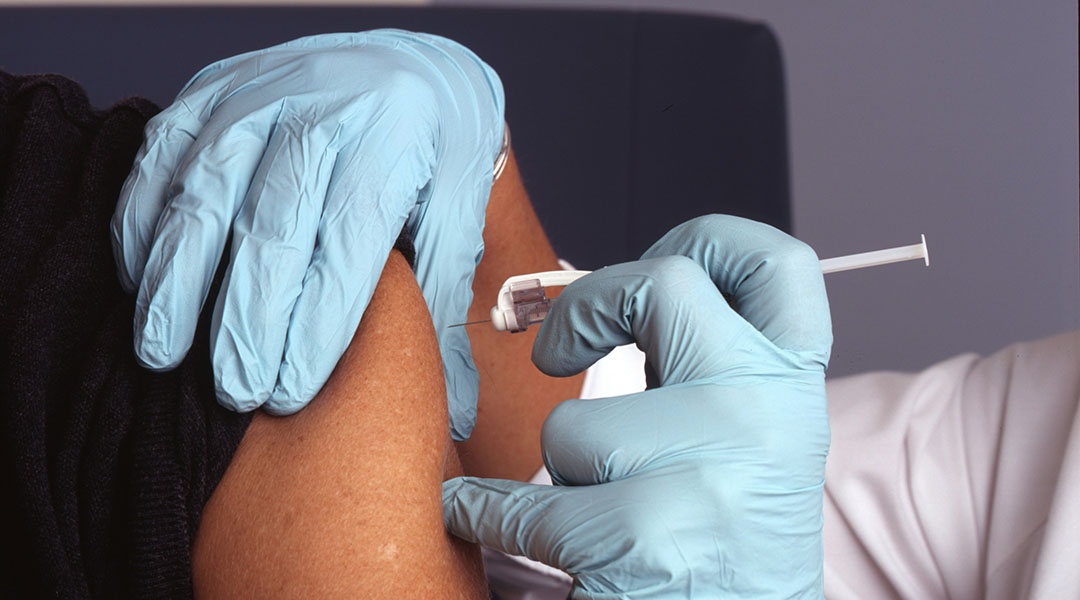
The quasi-vaccine could help healthcare workers weather a virus outbreak in the future.
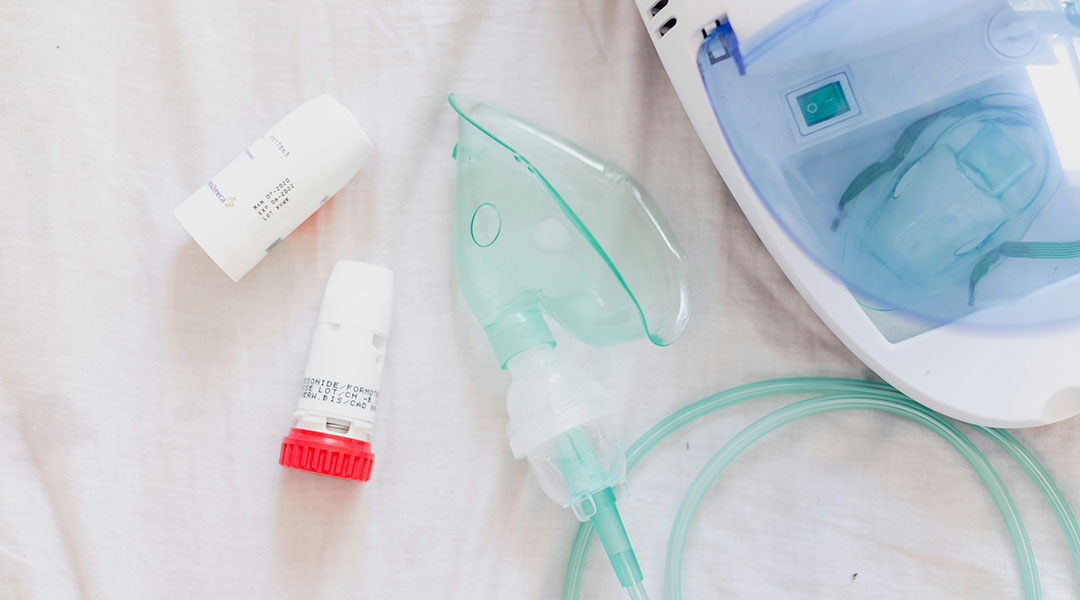
Based on the same mRNA vaccine against COVID-19, a new prototype has shown potential to treat asthma, a condition with no known cure.
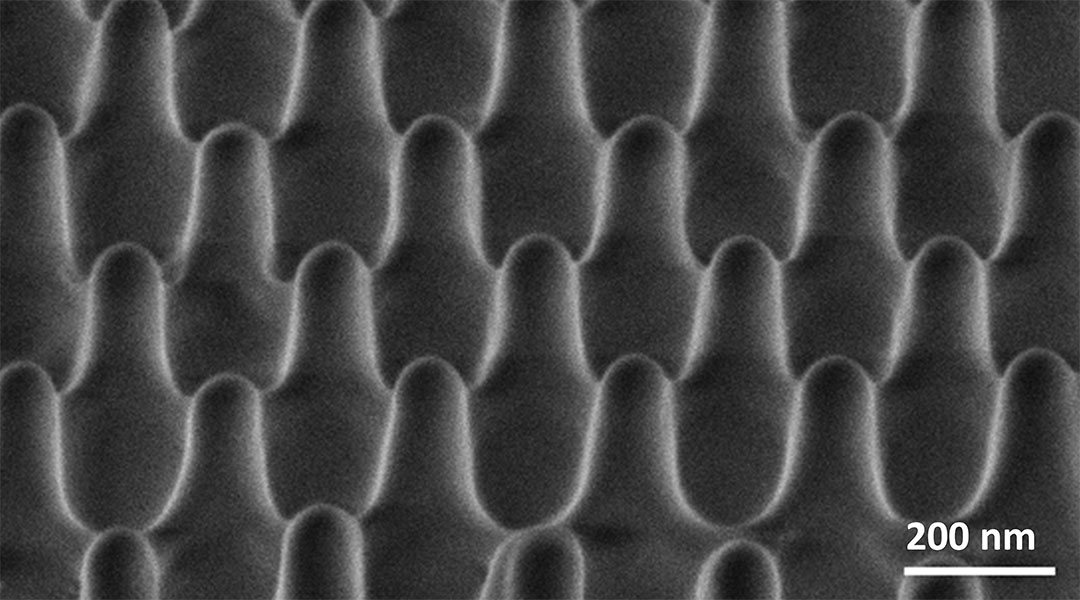
Scientists are using nanomaterials to pressure bacteria and find new ways to combat antibiotic resistance.

Transparent solar concentrators capture the Sun’s energy, making windows and building facades more energy-efficient and sustainable.
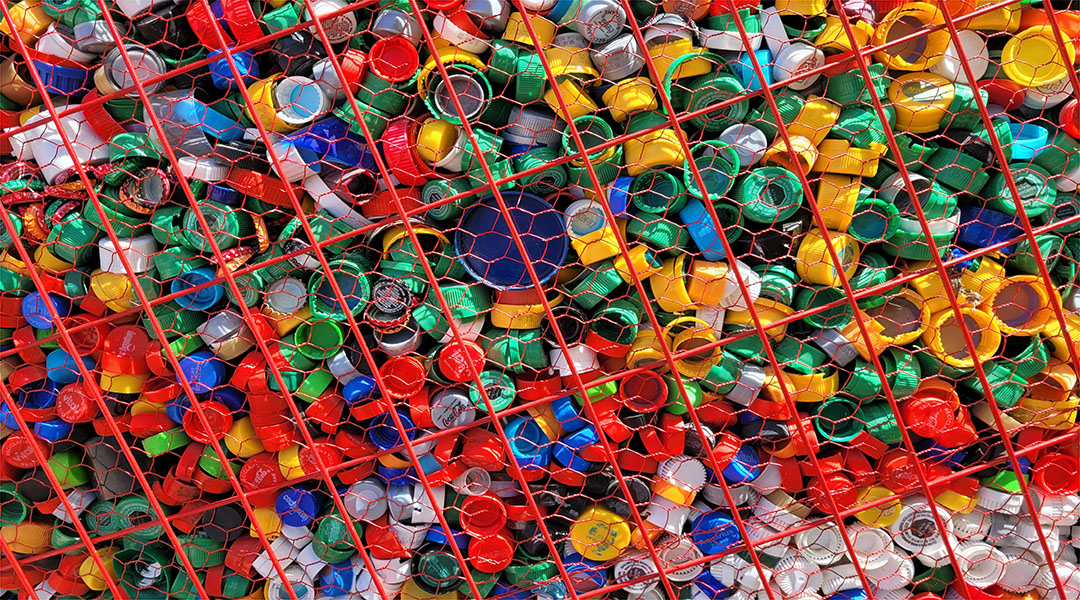
A common bacteria found growing on plastic in urban wastewater could provide new bioengineering solutions to clean up plastic waste.
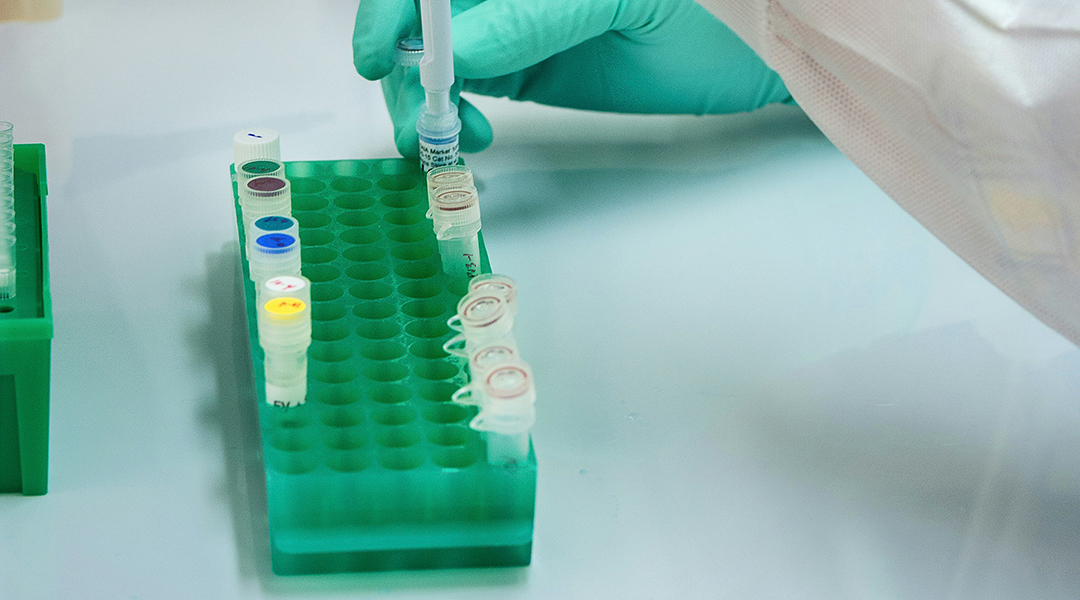
Scientists are using decorated nanoparticles to precisely target tumors with chemotherapy, effectively reducing side effects.
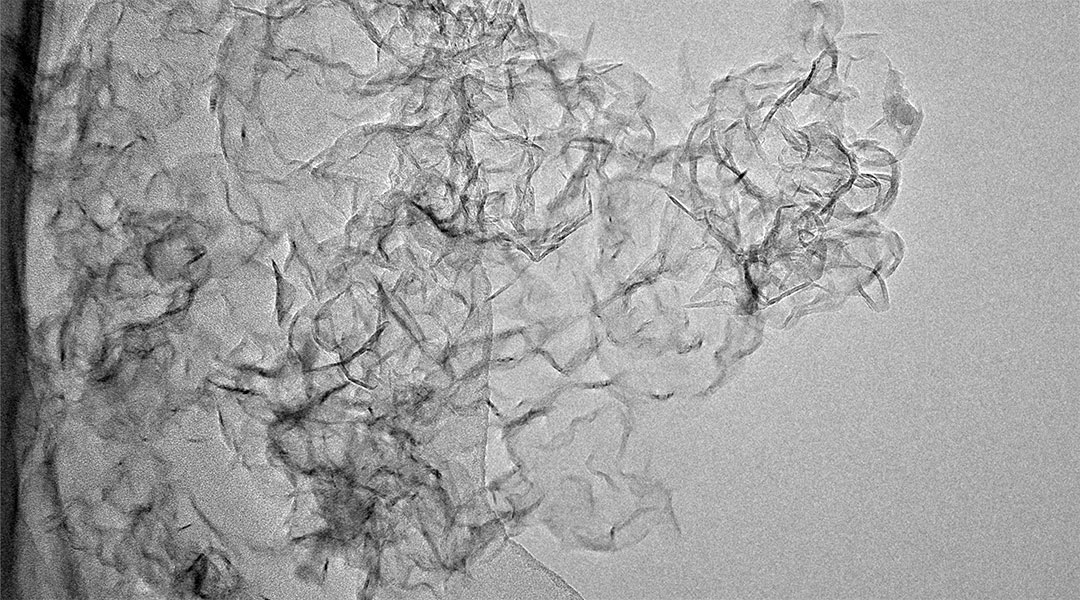
Scientists convert harmful microplastics into valuable graphene using plasma, offering a promising solution for this type of pollution.